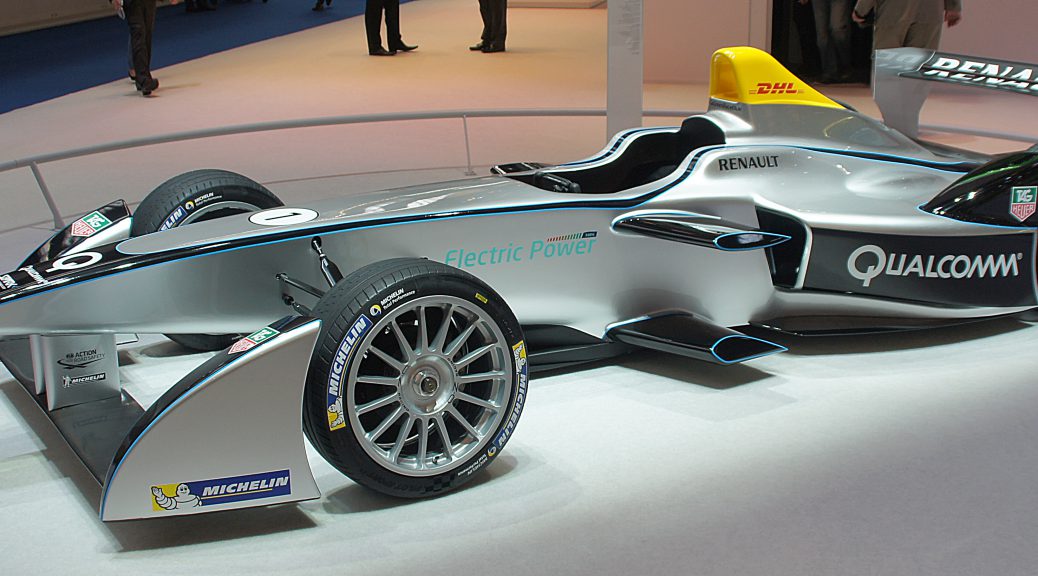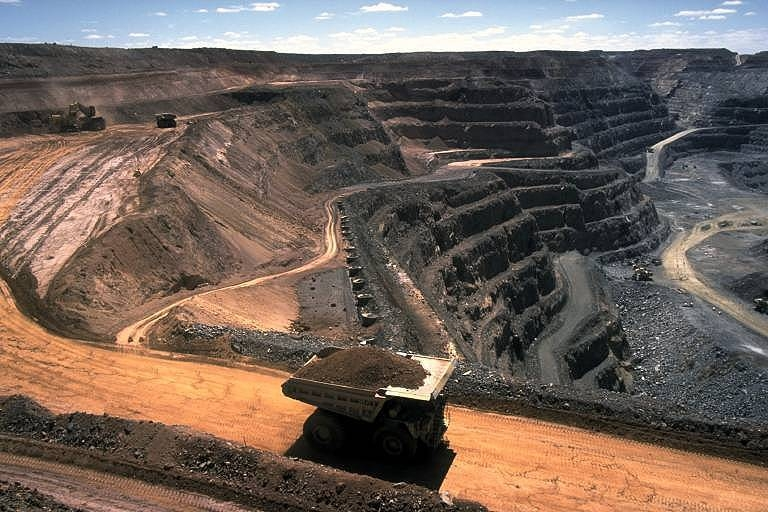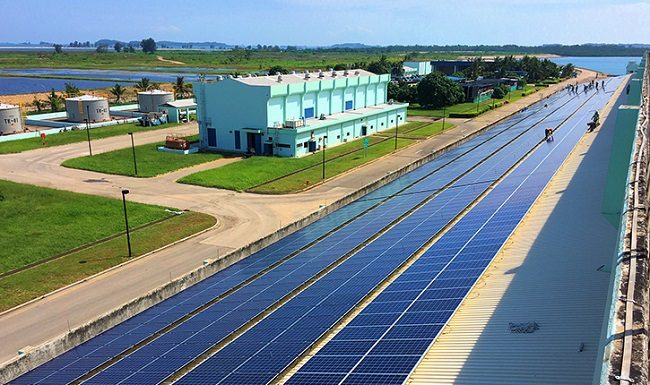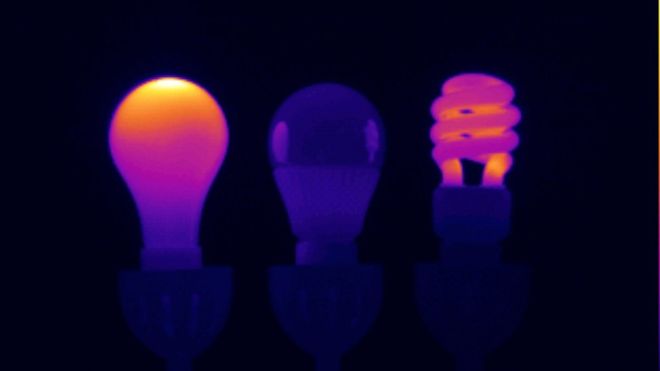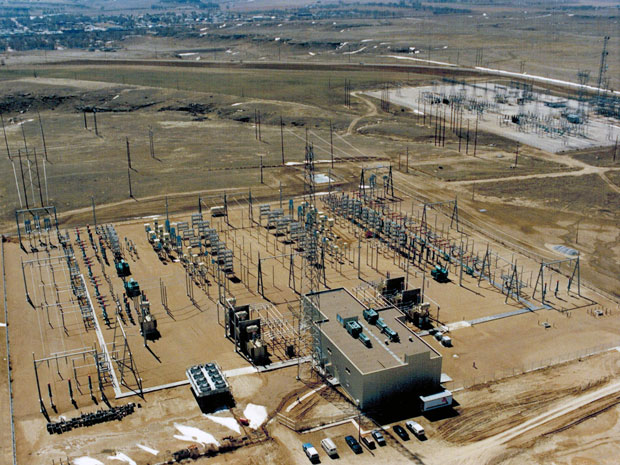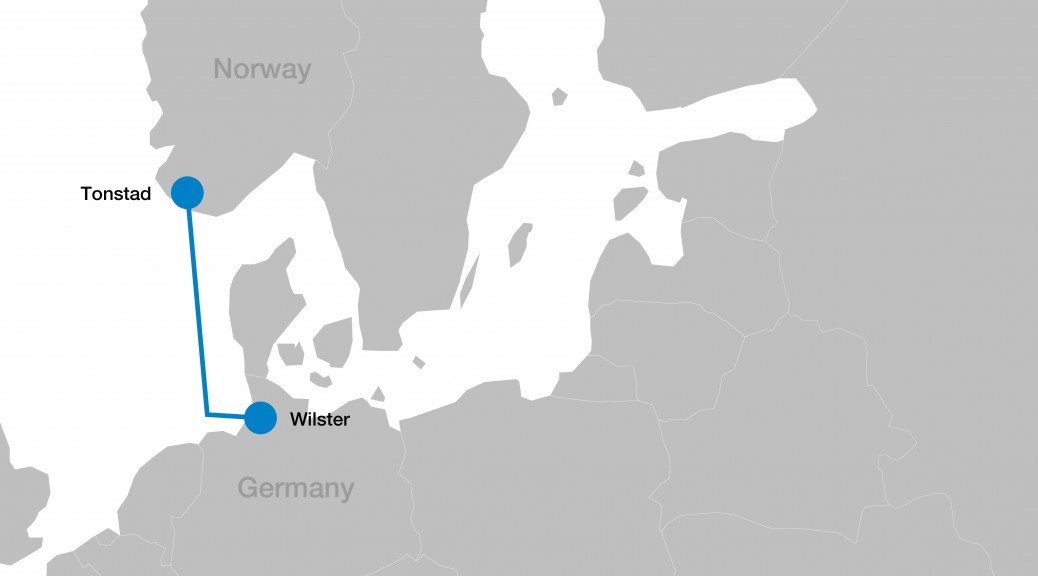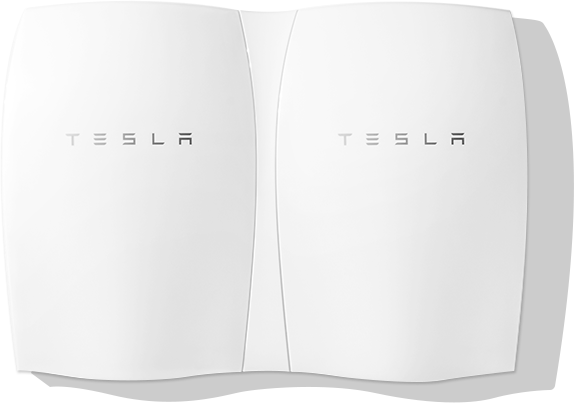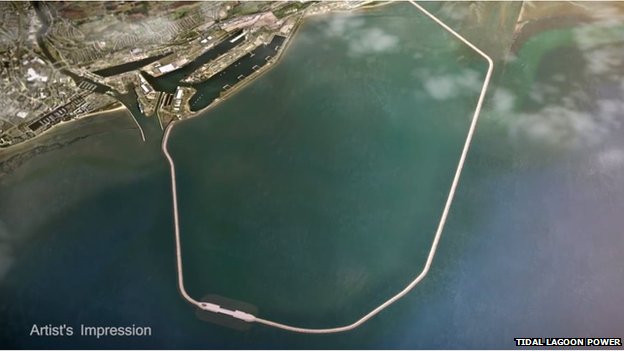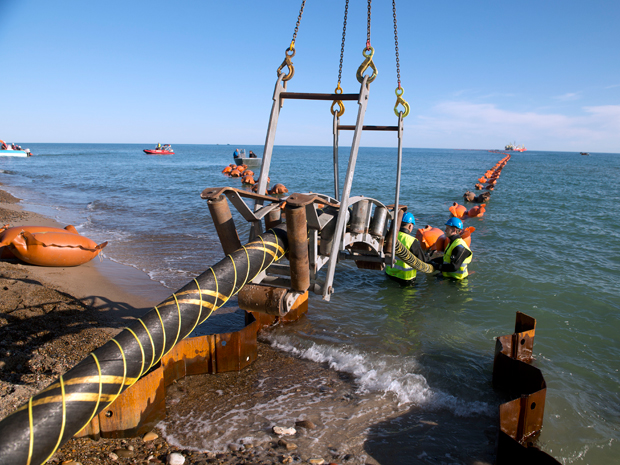Tesla’s Powerwall announced
Last month, Tesla Motors unveiled their new Powerwall battery packs for home and commercial use, and in less than a month, they’ve already sold out through mid-2016. With such staggering sales numbers in less than a month, Tesla’s Powerwall units have already made significant headlines in financial news, but the impact on how we operate the electric grid will certainly make headlines after units begin shipping this summer.
There are two basic purposes for the the Powerwall batteries. The residential user can use a 7 kWh daily-cycle battery, coupled with solar panels on their roof, to store excess solar energy during the day, and to purchase and store cheaper electricity from the utility company at night. Commercial users are typically more interested in
(possibly an array of) 10 kWh units for back-up/reliability applications. In this capacity, the batteries can provide uninterrupted power to the customer when the local utility experiences an outage. Smaller operations may use a Powerwall array as a cleaner, smaller alternative to on-site diesel generators.
How will distributed storage impact the grid?
The immense capacity of Tesla’s Gigafactory suggests that they have no intentions of slowing down production or shipments for quite some time. Utilities and grid operators must now ask themselves how batteries from Tesla and other competitors will impact distribution systems. Peak-shaving has long been a goal of operators, but control over storage units is now shifting to the customers, downstream of metering devices, where it will essentially be invisible to the distribution operator. Furthermore, if many customers install batteries that follow the similar rate-based charge/discharge schedules, the utility will see a large shift in when real power is demanded from the substation. This could cause power factor issues during the day, (when potentially less real power then normal is demanded), or thermal rating violations at night (when pre-set control settings are no longer reasonable for an unusually large demand). These questions are further complicated by the stochastic elements related to distributed generation devices (i.e. solar and wind), which, when viewed in tandem with the widespread storage, can result in a substation demand profile being completely different between one day and the next.

